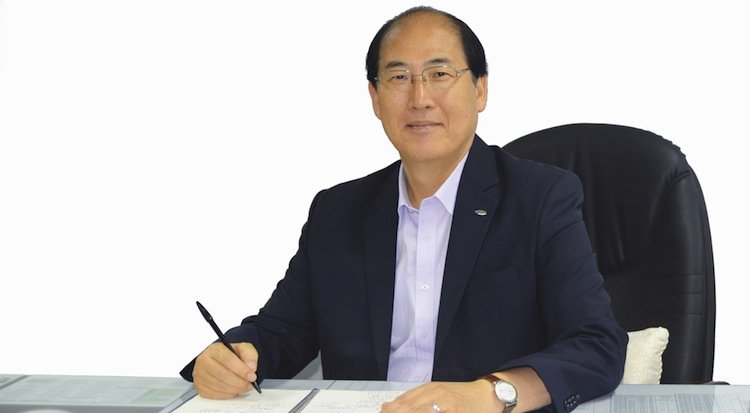Busan Port Authority: President in running for IMO’s top post

Busan: Trying to get a hold of Lim Ki-tack is no easy feat. The president of the Busan Port Authority is globetrotting these days in the run up to the vote for the next secretary-general of the International Maritime Organization (IMO) next month. Lim is one of six people to put forward his name in a race more competitive that in recent years, hence Lim’s wearying canvassing around the world.
An experienced seafarer with a passion for all maritime things through his graduation from the Korea Maritime University, the World Maritime University, Lim’s service as a Korean naval officer, his qualification and wide seagoing experience as a master mariner all give him strong credentials for the top job at IMO. On top of that he has extensive administrative experience in the maritime industry with wide, first-hand experience in fisheries, shipping, seafaring and port management policymaking through a 30-year career as a public official.
On behalf of Korea, Lim has been responsible for IMO activities since 1986 as a senior member of the Korean delegation.
On what he would do as IMO secretary-general, Lim says he has four main platforms. First, a significant increase in the technical cooperation fund for enhanced capacity building. Secondly, he would promote the existence of IMO on the world stage. Next, he’d look to create an efficient and productive secretariat. The final pillar of his tenure would be to devote significant efforts to minimise the ‘human error’ which is responsible for 90% of the cause of marine accidents, he says.
Lim is presiding over Korea’s number one port at a time of great envisaged expansion, with the aim to make Busan the third largest transhipment hub in the world. At the end of last month plans were announced to add a further 15 berths to Busan New Port in the south of the country to increase container capacity by 15.8m teu.
Busan finds itself in a bitter fight for boxes with neighbouring Chinese ports Shanghai and Ningbo.
The new facilities will be a mix of container terminals, feeder terminals and multi-purpose terminals and work will begin in stages based on actual cargo demand and under the coordination of central government.
Development began at Busan New Port in 1994 and today it operates 22 berths with an additional eight currently under construction. Total container throughput at Busan Port Authority (BPA) reached 18.68m in 2014 with the New Port accounting for 64% or 11.93m teu.
Meanwhile, the old port in the city centre is to be redeveloped as Lim explains to Maritime CEO.
“The project is to develop Busan Port as a world-class waterfront and international maritime tourism and cruise hub by redeveloping 1.5m sq m old pier area into recreational waterfront by 2019,” he says.
